India and the World chapter 9: The Kargil war – India stands tall.

Baskaran Krishnamurthy
Read Chapter 1 , Chapter 2 , Chapter 3 , Chapter 4, Chapter5, Chapter 6, Chapter 7, Chapter 8 if you are yet read them.
“The war is heading towards victory. We are fast moving towards victory. The martyrdom will inspire us to victory. The neighbour occupied our territory – why was it done? It is still not clear. Entire credit for the victory goes to our soldiers. If you get time, go there. Unless you go there and see the terrain there, you will not be able to realize how much work has been done by them, how difficult the task was and how successfully it has been done.”
(Atal Bihari Vajpayee – New Delhi 15 July 1999)
India and Pakistan have to be mutually thankful. The people owe so much to their leaders for the service they have rendered in restoring the pride of their nation.
Pakistan by its misadventures has done so much to reinforce the unity of Indians whenever the spirit of nationhood gave way to sectarian tendencies. The Kargil War in 1999 was the best example. It instantly united every section of the Indian society like never before and the sudden surge of national pride in every Indian reassured that petty quarrels and squabbles here and there had nothing to do with the overall unity and integrity of the nation that remained intact. And, Pakistan was too happy to bear all the shame and paste it on its face to firmly re- establish this oneness of Indians!
Pakistan people have to be grateful too. Their soldiers who had fought a ‘never-to-win’ war against India and laid their lives were given all the respect they deserved for their unflinching loyalty to their duty. Post war, 249 dead bodies of Pakistan soldiers were found in the Kargil sector and India ceremoniously communicated this to Pakistan army. But….
Pakistan army disclaimed their own men and said they were not theirs. India’s repeated requests to take them back went unheeded. Thanks to the humane approach to the whole issue of unclaimed bodies of soldiers of rival camp, India gave a well deserving respectful last rites to those who were but subordinating their bosses to fight and sacrifice their lives for their nation.
The whole world watched the disclaimer of the Pakistani army with utter dismay and disbelief. Pakistani people were left clueless and helpless by their army which, in the initial days of the conflict, had deliberately given a totally wrong picture of a glorious victory that was never ever there.
The grief stricken friends and relatives of the deceased warriors could not utter a word, or if they had uttered could not be heard, against the official denial of their own army. But they were consoled by the courteous response of the Indian government that honored the slain soldiers with the last rites as their Faith demanded and as it would have taken place had they been handed over to their families. This was the moment of sorrow for Pakistan and setting aside its run-away success, India stood by the high standards of norms and conventions.
This sorry incident was the culminating point of a sordid episode that was masterminded by a masked military General of Pakistan who never once openly acknowledged his involvement in it. In the three previous encounters, Pakistan army did not openly admit its defeat and this time it ‘went a step further’ and did not even admit its role in the conflict though there was ample evidence to prove it otherwise.
Only a few weeks earlier, the best Parliamentarian, a true democrat and one who always maintained a cordial relationship with everyone – Indian Prime Minister Atal Bihari Vajpayee had undertaken a Bus journey to normalize ties with the Pakistan.
Vajpayee always believed that it was friendship and not enmity that could last long between two neighboring countries. Lahore Declaration was to be best foot forward to maintain brotherly relationship between India and Pakistan. A real golden opportunity did very much exist that would change the future course of better relations between the two. Pakistan army did not like it; defied its own political leadership; betrayed the hope of its government and staged, what was called later by Benazir Bhutto, a ‘disastrous’ misadventure.
It was in fact a ‘non-starter’ originally. A shepherd, on 3rd may 1999, as a routine, reported having seen a few Pakistanis on the Indian side. Acting on this tip-off, two days later, an Indian army patrol of 5 soldiers ‘visited’ the spot. They were captured, tortured and killed by the Pakistani nationals ‘present’ there. This was then taken to be one of the sporadic incidents of violence by the misguided ‘jehadis’. But it was not to be.
A few days later, infiltrators were noticed in quite large numbers in Dras, Kaksar and Mushkoh sectors. Indian army moved more troops to tackle these insurgents. Slowly the ‘scene’ unfolded and there it was – the planned incursion for capturing the Kargil region – more importantly the most important artillery route – NH1A highway connecting Kargil with the Leh sector and to force India to withdraw from Siachen Glacier, more as a retaliation to Operation Meghdoot of 1984; and to ‘internationalize’ the Kashmir issue.
India launched air strikes and shockingly, it lost one of its flightsM17 shot down by the ‘infiltrators’. It led to the confirmation that it was an attack by the Pakistan army and that the insurgents were but the soldiers of Pakistan army.
They had managed to creep into the Indian border across the Line Of Control and had spread over a large area of the Kargil sector. They were in thousands and it was clearly known by then that it was a pre-planned attack by the Pakistan army on the Indian territories.
Pakistan Prime Minister Nawaz Shriff kept repeating that he had not ordered any such exercise. He was right too as he was only one a ‘helpless’ Prime Minister and not a military General of Pakistan! It is said that till Vajpayee informed him over phone, Sheriff did not know anything about the goings on in the Kargil region. True, this is how it works in Pakistan.
On June 5, India came in possession of, and released too, incriminating documents retrieved from the captured Pakistan soldiers; again, 6 days later, on 11th June, India released intercepted conversation between Gen Musharraf and Chief of General Staff Lt Gen Aziz Khan that proved the involvement of Pakistani army beyond doubt.
Prime Minister Nawaz Sheriff could only plead innocence as he was kept in dark by his own Chief of Army. That was, and that has been, the ‘status’ of the Head of the Government in Pakistan.
Having seen the direct involvement of the Pakistani army in the covert operation, India launched a major offensive. It pressed its Air Force into service. Indian Navy was kept in readiness to effect a blockade on the Port of Karachi.
India started recapturing the positions from the Pakistani forces. An intensified military action was on – to flush out the disguised ‘mujahideens’ from their positions.
Code named ‘Operation Vijay’, Indian Army swiftly got into the task of destroying the Pakistani army. The mountainous terrain, extremely unfriendly temperature and occupations of vantage points by the enemy did not deter the Indian army a bit. They were surging ahead at a pace that truly reflected the class and supremacy of the Indian forces. They kept registering a steady advance recapturing the ‘Points’ held by the Pakistani soldiers.
The major breakthrough came in the first week of July. Indian forces took full control of Tiger Hill on 4th, followed by holding back Dras on the 5th and Juber Heights on the 7th. The triumphant march of the Indian Army was just unstoppable.
Nawaz Sheriff went to America and met the President Bill Clinton for his support. But he not only refused to favor paksitan but also instructed him to immediately withdraw his troops from the Kargil region. Left with no option, Sheriff ordered the official withdrawal. Consequently, on 14th July 1999, Indian Prime Minister Atal Bihari Vajpayee declared Operation Vijay – a resounding success.
But the militants, mujahideens and hired mercenaries were not sensible enough to see the inevitable, total rout. The fight continued for the next few days till all the intruders were completely evicted. The conflict came to an end on the 26th July 1999 marking yet another sweeping victory of India over Pakistan.
The strained relations between India and Pakistan have been under constant danger and remain a matter of great concern to every peace loving citizen. There have been many slips in the past, many blunders leading to conflicts and there are hard liners on both sides making a real meaningful reconciliation impossible to achieve. Yet, many sincere have been attempted too. From Jinnah to Benazir to Sheriff on Pakistan; from Nehru to Morarji to Vajpayee on India – many leaders have done their best for normalizing the ties between India and Pakistan.
Simla Agreement and Lahore declaration are two most positive developments that can still pave way for an early settlement of all disputes. From the details of Wars, let us move on to the other side.
The Simla Agreement 1972.
Author – Baskaran Krishnamurthy, Writer, Columnist & Income Tax officer

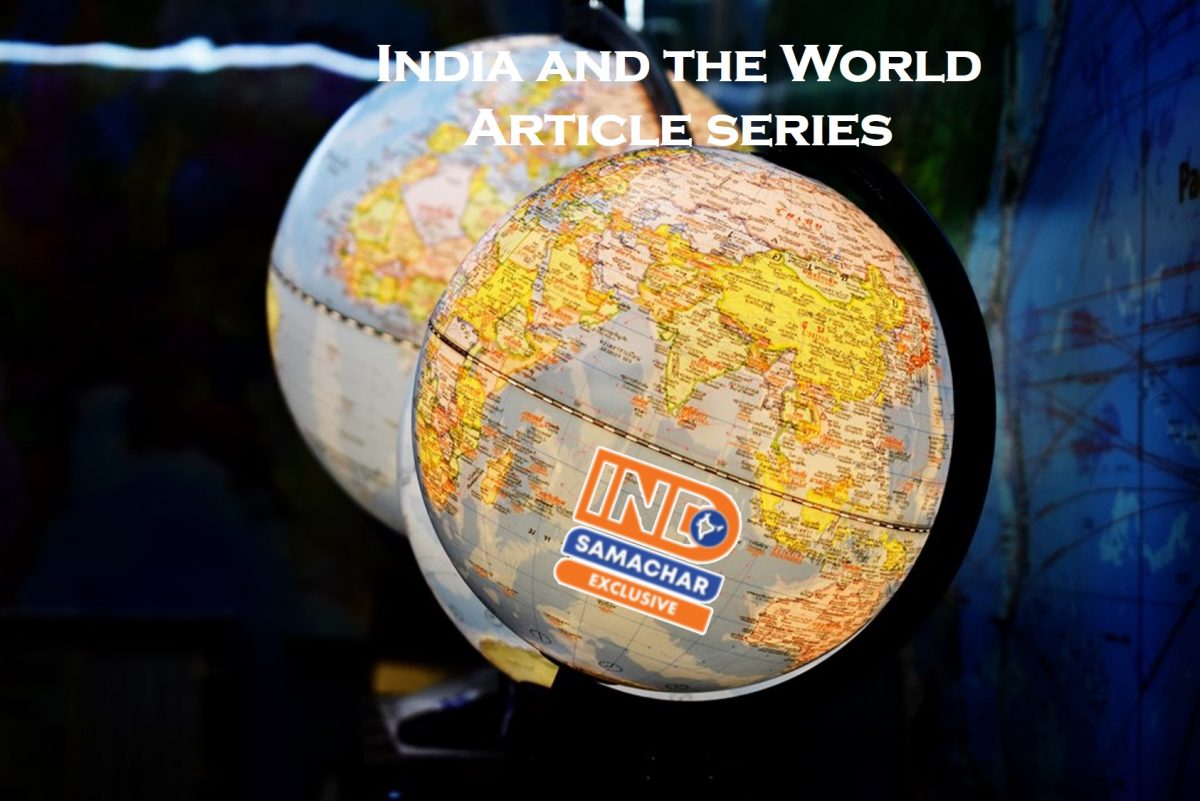








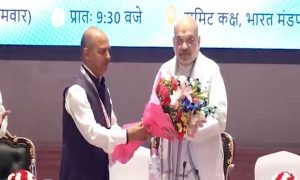

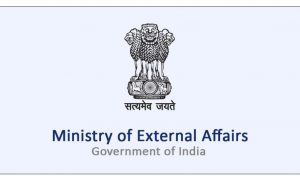

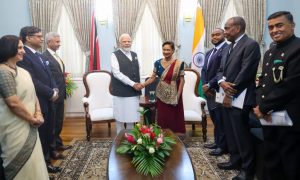



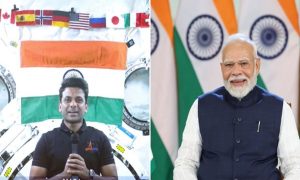





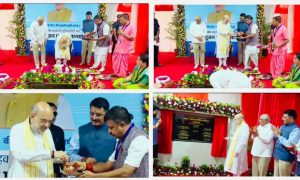

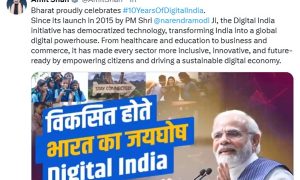

 WhatsApp us
WhatsApp us